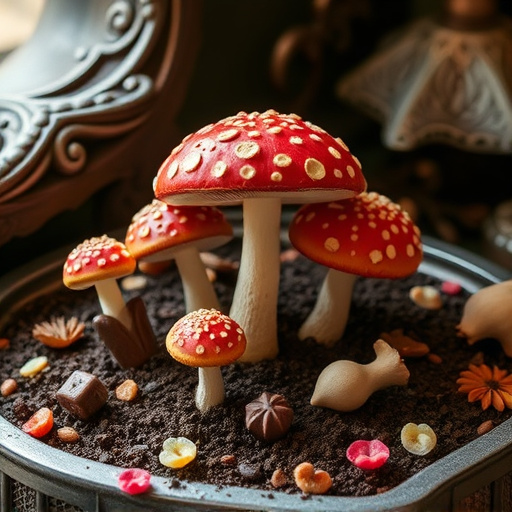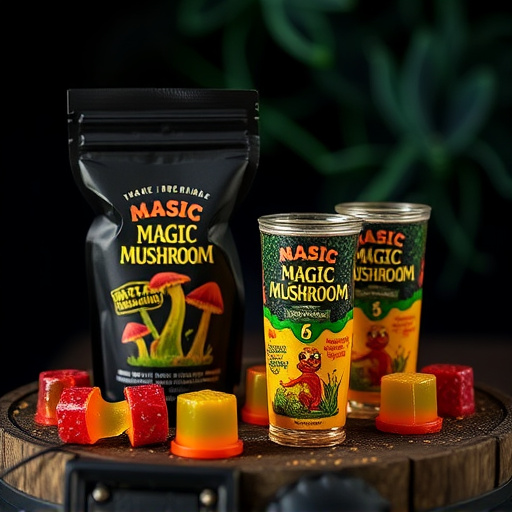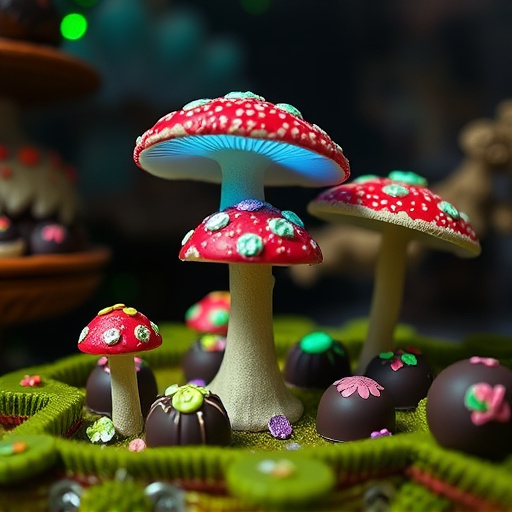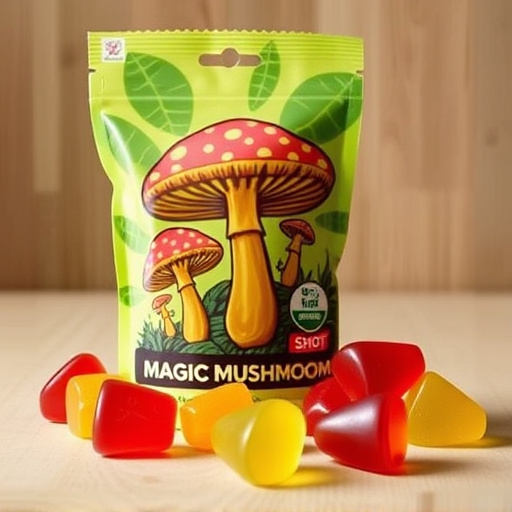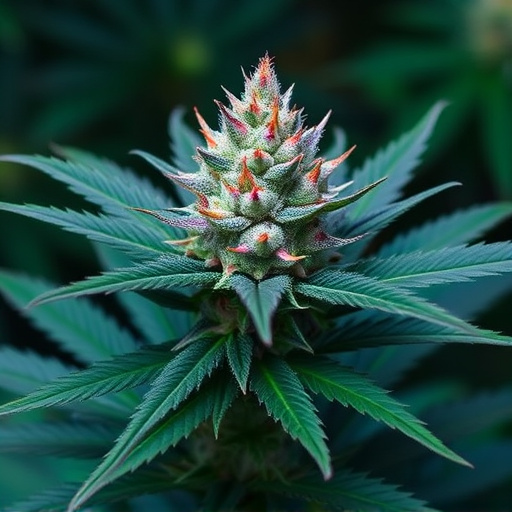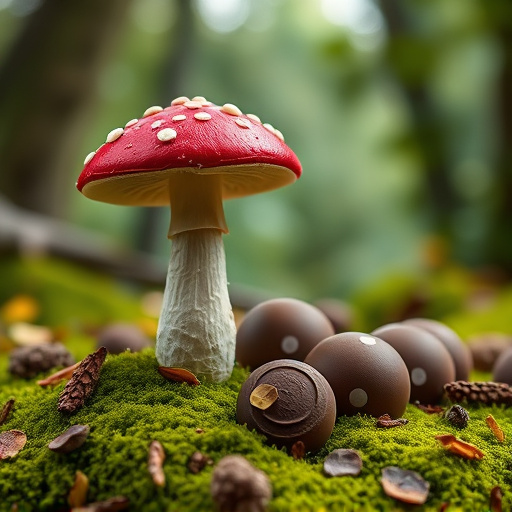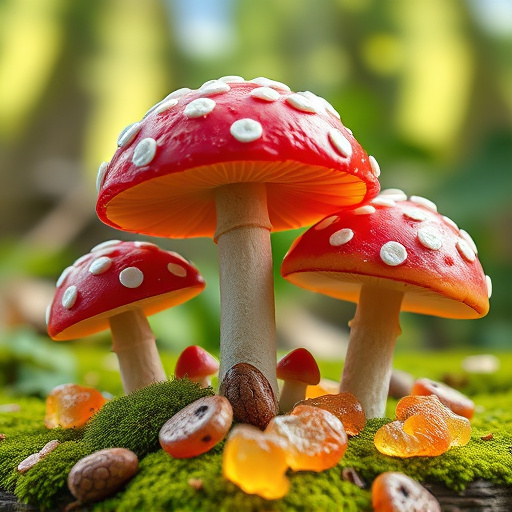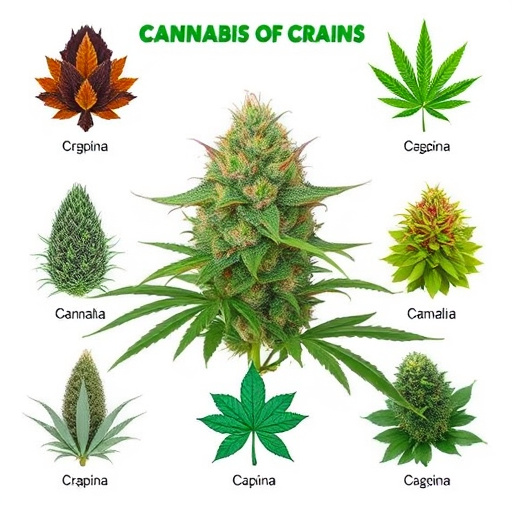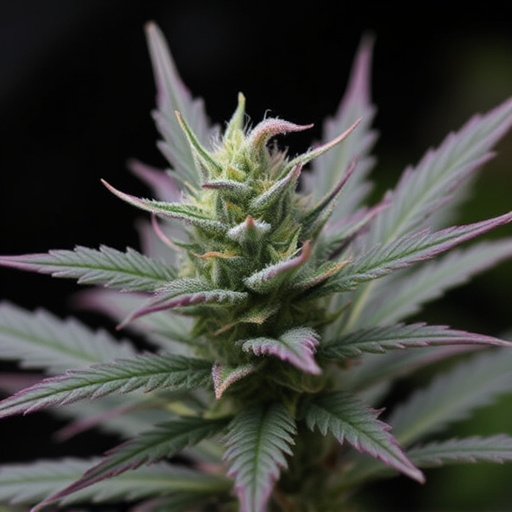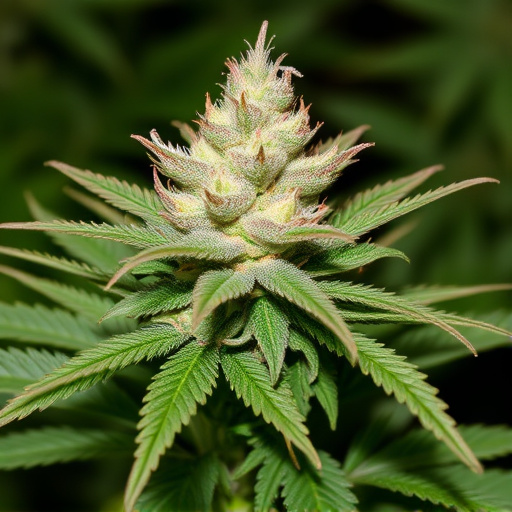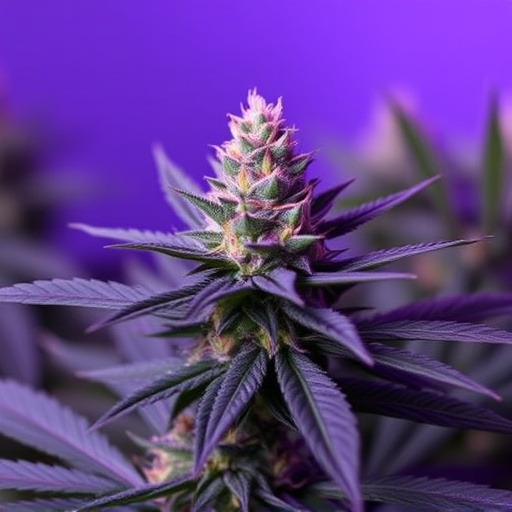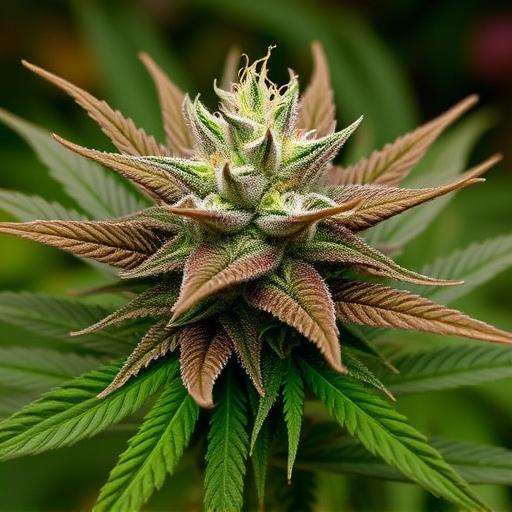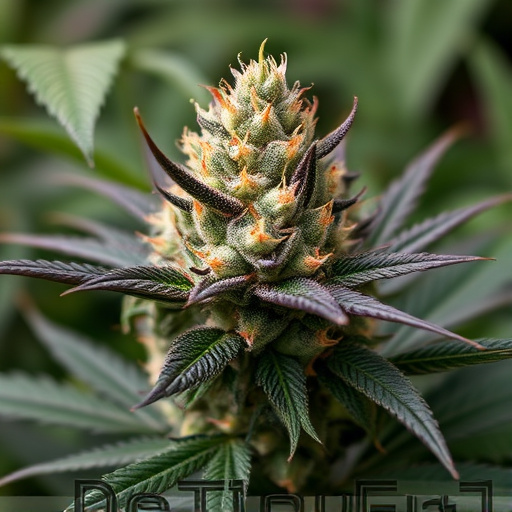The unique effects of cannabis flower stem from its key cannabinoids, THC and CBD, which interact with the body's endocannabinoid system. THC binds to CB1 receptors in the brain, causing euphoria and altered perception, while CBD influences anti-inflammatory and anxiolytic properties without direct binding to CB1. The diverse profiles of the best cannabis strains result from varying ratios of THC and CBD, as well as terpene profiles. Terpenes further customize the user experience, offering a range from relaxation to inspiration. Understanding these interactions helps users select the best cannabis strains for their preferences and desired therapeutic outcomes.
“Unraveling the multifaceted effects of cannabis flower, this article delves into the intricate science behind its active compounds and their interactions with the endocannabinoid system. From Delta-9-tetrahydrocannabinol (THC) and cannabidiol (CBD)’s unique roles to the best cannabis strains for diverse needs, we explore how these natural compounds influence mood, energy, and sensory experiences. Understanding short-term and long-term effects, including potential risks and therapeutic benefits, is crucial for navigating this evolving landscape. Discover the top cannabis strains tailored to specific preferences, offering both relaxation and stimulation.”
- The Science Behind Cannabis Flower Effects
- – Exploring the active compounds and their interactions with the endocannabinoid system.
- – Delta-9-tetrahydrocannabinol (THC) and cannabidiol (CBD): Their unique roles and impact on the body.
The Science Behind Cannabis Flower Effects
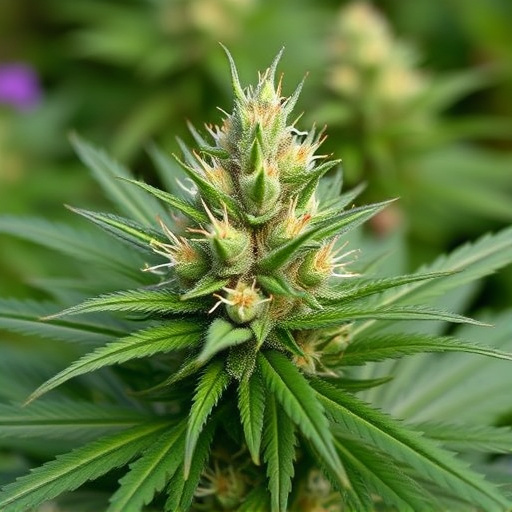
The effects of cannabis flower on the human body and mind have been a subject of scientific interest for decades, leading to a growing body of research that sheds light on this complex plant. Cannabis flower, known for its diverse chemical composition, primarily contains tetrahydrocannabinol (THC) and cannabidiol (CBD), two prominent cannabinoids that interact with our endocannabinoid system (ECS). This system is responsible for maintaining the body’s homeostasis, playing a crucial role in various physiological processes.
When consumed, THC binds to the CB1 receptors in the brain, inducing psychoactive effects often associated with feelings of euphoria and altered perception. On the other hand, CBD interacts differently, influencing the ECS without directly binding to CB1 receptors, resulting in potential therapeutic benefits. The science behind these interactions reveals a complex dance between cannabinoids and receptors, which can explain the varied effects experienced by users, especially when considering the diverse profiles of the best cannabis strains available today.
– Exploring the active compounds and their interactions with the endocannabinoid system.
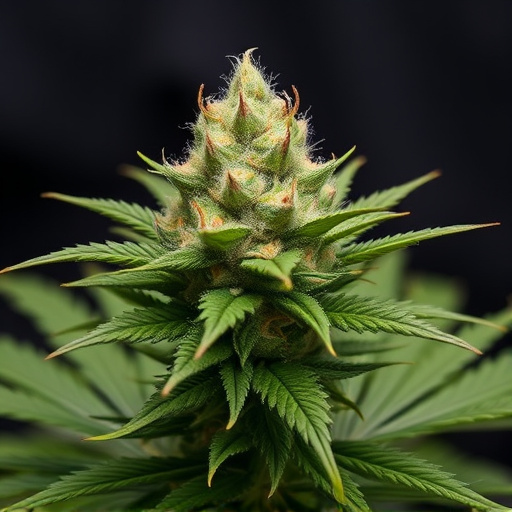
Cannabis flower’s effects are largely attributed to its active compounds, primarily tetrahydrocannabinol (THC) and cannabidiol (CBD). These compounds interact with the endocannabinoid system (ECS), a complex network of receptors located throughout the body. THC binds to CB1 receptors in the brain, leading to feelings of euphoria, altered perception, and increased appetite—effects that make cannabis appealing for recreational use. On the other hand, CBD engages with CB2 receptors, more prevalent in the immune system, contributing to its anti-inflammatory and anxiolytic properties, making it a popular choice among users seeking potential therapeutic benefits.
The combination of THC and CBD in various ratios is what sets apart different strains of cannabis, known for their unique effects. The best cannabis strains are often selected not only for their potent levels of these compounds but also for the specific terpene profiles they contain. Terpenes, aromatic compounds produced by cannabis plants, add to the diverse range of experiences, influencing both the scent and potential therapeutic outcomes. Understanding these interactions offers insight into why different strains cater to diverse user preferences, from relaxation and pain relief to creative inspiration and energy boost.
– Delta-9-tetrahydrocannabinol (THC) and cannabidiol (CBD): Their unique roles and impact on the body.
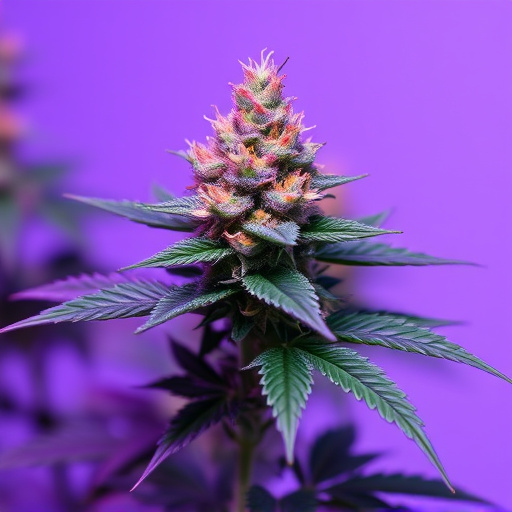
Cannabis flower’s effects are largely influenced by its key compounds, particularly delta-9-tetrahydrocannabinol (THC) and cannabidiol (CBD). THC is responsible for the plant’s psychoactive properties, binding to brain receptors to induce feelings of euphoria, relaxation, and heightened sensory perception. It can also stimulate appetite, alleviate pain, and reduce inflammation, making it beneficial for managing conditions like multiple sclerosis and chronic pain. On the other hand, CBD lacks psychoactivity and is known for its therapeutic potential. It interacts with the endocannabinoid system to regulate mood, memory, and immune responses without affecting cognition or coordination. Many consider CBD the star compound among the best cannabis strains for its ability to provide medical benefits without the mental impairment associated with THC. Researchers are continuously exploring these compounds’ synergistic effects in various strains, leading to a diverse range of products catering to different needs and preferences.
In conclusion, understanding the effects of cannabis flower involves delving into the intricate interplay between its active compounds and our endocannabinoid system. Delta-9-tetrahydrocannabinol (THC) and cannabidiol (CBD), two prominent components, offer distinct experiences—from the euphoric highs associated with THC to the calming and therapeutic benefits of CBD. By exploring the best cannabis strains and their unique profiles, individuals can harness these effects for both recreational enjoyment and potential health benefits. The science behind it continues to evolve, shedding light on why cannabis has captivated users for centuries.
